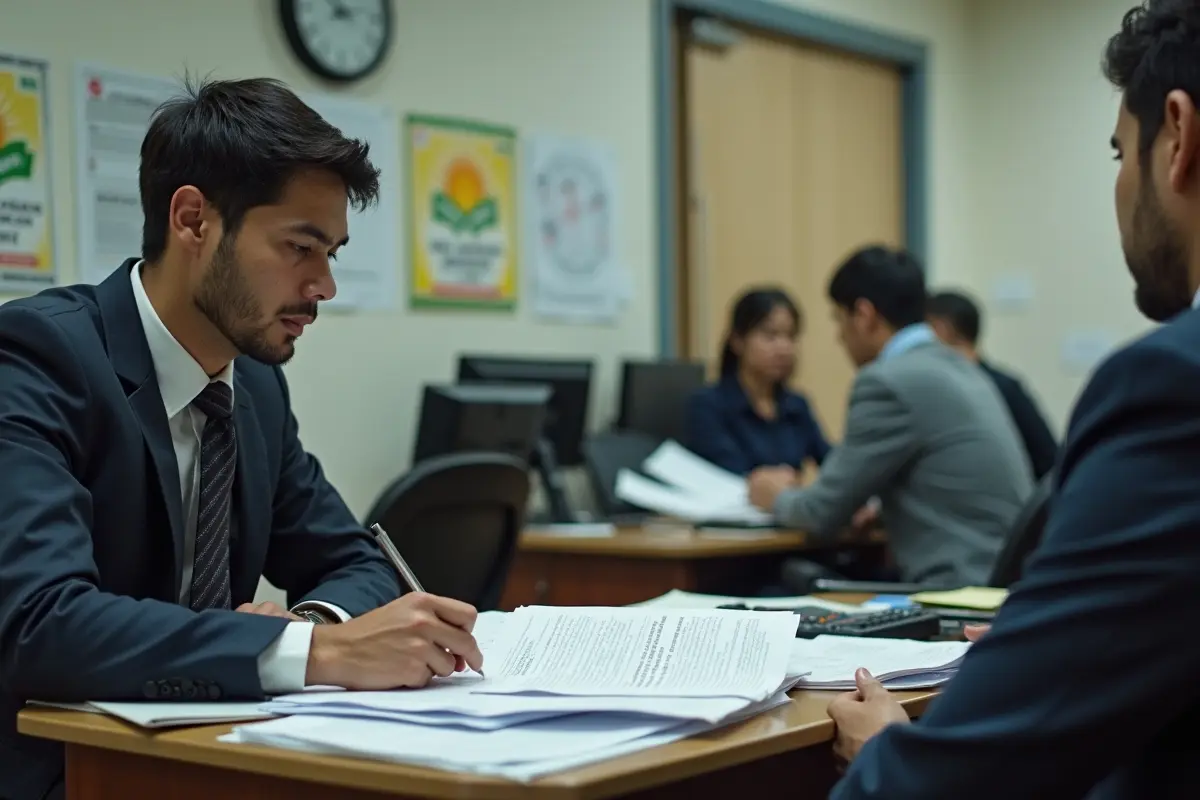Changing your visa status can feel like a daunting task. Whether you’re transitioning from a visitor visa to permanent residency or adjusting your work visa, it’s easy to feel overwhelmed by the paperwork, requirements, and timelines involved. But here’s the thing – it doesn’t have to be as complicated as it seems. With the right information and some preparation, you can navigate these challenges more smoothly than you might think.
So, what are some of the common challenges when changing your visa status? And how can you handle them without breaking a sweat? Let’s talk through them.
1. Understanding the Process: What Are the Steps?
One of the biggest hurdles when changing visa status is simply understanding what you need to do. Immigration processes are not always straightforward, and the rules can vary depending on the type of visa you’re on. A key example of this is how to change B1/B2 visa to green card.
If you’re currently on a B1/B2 visitor visa and are thinking about becoming a permanent resident, the process does have a few hoops to jump through. For starters, you’ll need to determine if you’re eligible to adjust your status. This generally means having a family member who is a US citizen or lawful permanent resident, or an employer willing to sponsor you. From there, you’ll need to file specific forms like Form I-485 and potentially undergo an interview with immigration officials.
It’s essential to get familiar with the required paperwork and deadlines to avoid unnecessary delays. But don’t worry – it’s all manageable once you break it down into actionable steps.
2. Gathering the Required Documents
Another common challenge? Getting all your documents in order. Depending on the type of visa you’re transitioning to, you might need a long list of supporting documents, including your passport, birth certificates, proof of employment, or financial statements.
For example, when applying to adjust your visa status, you’ll often need to submit things like:
- Proof of legal entry into the US
- Documentation supporting your reason for status adjustment (such as a marriage certificate or an employment contract)
- Financial documentation to show you can support yourself without relying on government assistance
While it may seem like a lot, organizing your documents early in the process can save you a lot of stress down the line. Make a checklist and keep all necessary papers in one secure place so you can pull them up when needed.
3. Navigating the Timelines and Processing Delays
Unfortunately, immigration processes are rarely quick. One of the most frustrating challenges people face is dealing with the long processing times, which can range from a few months to a few years, depending on your visa type and the backlog at the time of your application. Immigration attorneys in Ottawa, ON and elsewhere can help manage your expectations and provide guidance regarding the timeline. They can also help you stay on top of your documentation and prevent unnecessary delays to your application.
What can you do in the meantime? Keep an eye on the processing times for your visa type and ensure you’ve submitted all the necessary paperwork to avoid any avoidable delays.
You can also set reminders to check your application status periodically and follow up if something seems to be stuck for too long.
4. Dealing with Legal and Financial Considerations
Changing visa status often comes with legal and financial implications. In some cases, you’ll need to hire an immigration attorney to help with the process, especially if your situation is complicated. Attorneys can assist with filing paperwork correctly, meeting deadlines, and representing you in any legal matters.
Additionally, don’t forget about the associated fees! Whether it’s paying for an attorney or the filing fees for forms like I-130, I-485, or others, changing visa status isn’t always cheap. Being aware of the costs upfront helps avoid any financial surprises. It’s wise to budget for both the known expenses and any potential extras that may come up.
5. Ensuring You’re Eligible for the Change
Perhaps one of the trickiest challenges is understanding whether you’re even eligible to change your visa status. Each visa type has its own set of eligibility requirements, and missing one small detail can result in a denial.
Sometimes, you might need to provide additional documentation to prove your eligibility, such as affidavits or additional forms. It’s always a good idea to review the requirements carefully and consider seeking professional advice to make sure everything is in line.
Moving Forward with Confidence
Changing your visa status may seem like a big task, but with a clear understanding of the steps, a little bit of organization, and the right support, it’s completely achievable. Tackling one challenge at a time is key.
Remember, immigration rules can be complex, but they’re not impossible to understand. Keep yourself informed, get your paperwork in order, and don’t hesitate to ask for help when you need it. Before you know it, you’ll be closer to reaching your visa goals than you might have thought.




